Last year’s announcement that water ice had been found on the dayside of the Moon by the SOFIA observatory prompted scientists to understand just why that could work, and they found that the Moon’s rough surface creates frost pockets. Plus, all the climate change news over the millennia (Pamela’s back, everyone!).
Podcast
Transcript
Hello and welcome to the Daily Space. I am your host Beth Johnson, and I am here to put science in your brain.
In today’s top story, we have news I didn’t think I’d see for… Well, I figured it would require the launch of a certain massive infrared telescope that is greatly delayed or about ten years in ground-based advances.
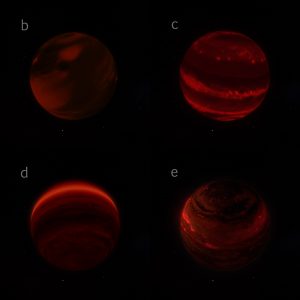
As we’ve said before, however, when scientists want to figure something out, they will do amazing things to find a way. In this case, researchers using the Planet Imager & Characterizer Instrument on Keck Observatory in Hawai’i figured out how to measure the rotation speed of planets orbiting alien stars.
The system, HR 8799, is located about 129 light-years away and has four super Jupiters. These planets are big enough and bright enough that using this new instrument, nicknamed KPIC, they can see how spectral lines are broadened by the worlds’ rotations. Or at least they could make it out for two of the four worlds.
Essentially, if the thing emitting light is moving toward you, the light is shifted to the blue, and if it’s moving away, it’s shifted to the red, and with a rotating globe – a planet – you get redshifting from one side and blue shifting from the other, and the light from specific spectral lines is spread out over more colors. For the two worlds they could measure, they clocked rotations at 10.1 and 15.1km/s. For comparison, Jupiter rotates at 12.7 km/s. Without knowing exactly how big the planets are, we can’t know the exact day lengths, but we’ll get there and this is awesome. This work will appear in The Astronomical Journal and was led by Jason Wang.
Understanding how planets can and do orbit is key to understanding how solar systems form and evolve. We’re pretty sure planets form in a nice disk orbiting the equator of their host star, and after that, all things seem possible.
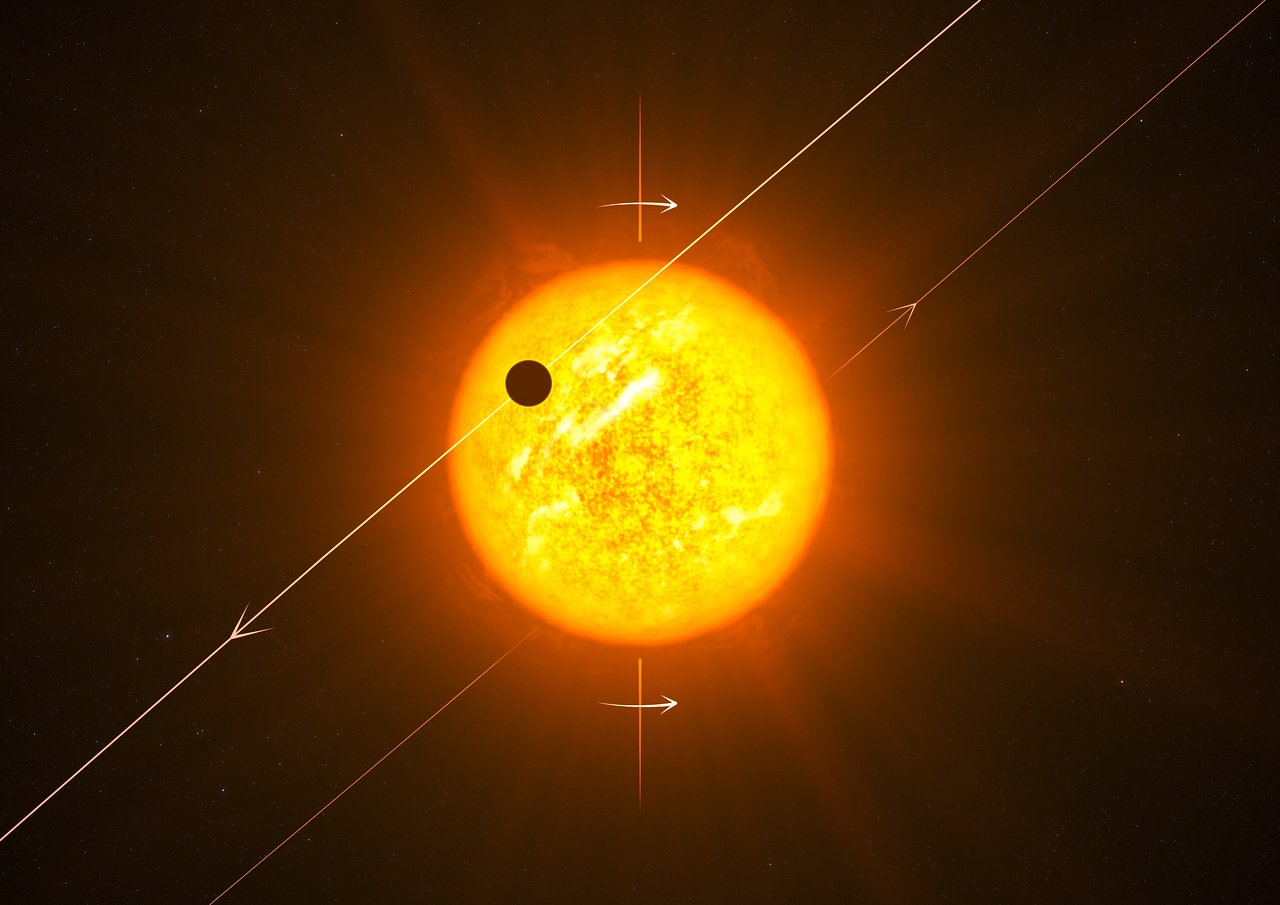
The majority of studied solar systems have worlds that orbit, like ours, mostly around the equator all in the same direction the star is rotating. BUT there are weirdo planets out there not doing that, and it was originally thought the weirdo planets would have a random distribution. This is consistent with them getting out of place through collisions or being stolen from other systems. The thing is, a new paper published in The Astrophysical Journal led by Simon Albrecht, finds these out-of-alignment systems are preferentially tilted 90 degrees (ish) to their home star’s rotation. Why? No idea. “The universe likes to mess with us” is as good a reason as any.
Understanding all the messiness that is our universe takes time, energy, and peer review. This last bit means that results from amazing events sometimes take a bit of time to make it from a researcher’s computer and out into a research journal.
For the researchers who studied the 2018 Kīlauea eruption, their time has come. This was the eruption that ate a few suburbs and erupted through a variety of new fissures that emerged in places like the middles of yards. Throughout this event, which drained the volcano’s famous lake, researchers measured the volcano’s shape in amazing detail, catching both the puffing out and settling in areas where lava built up and where lava drained, all while measuring every tremor’s location and strength.
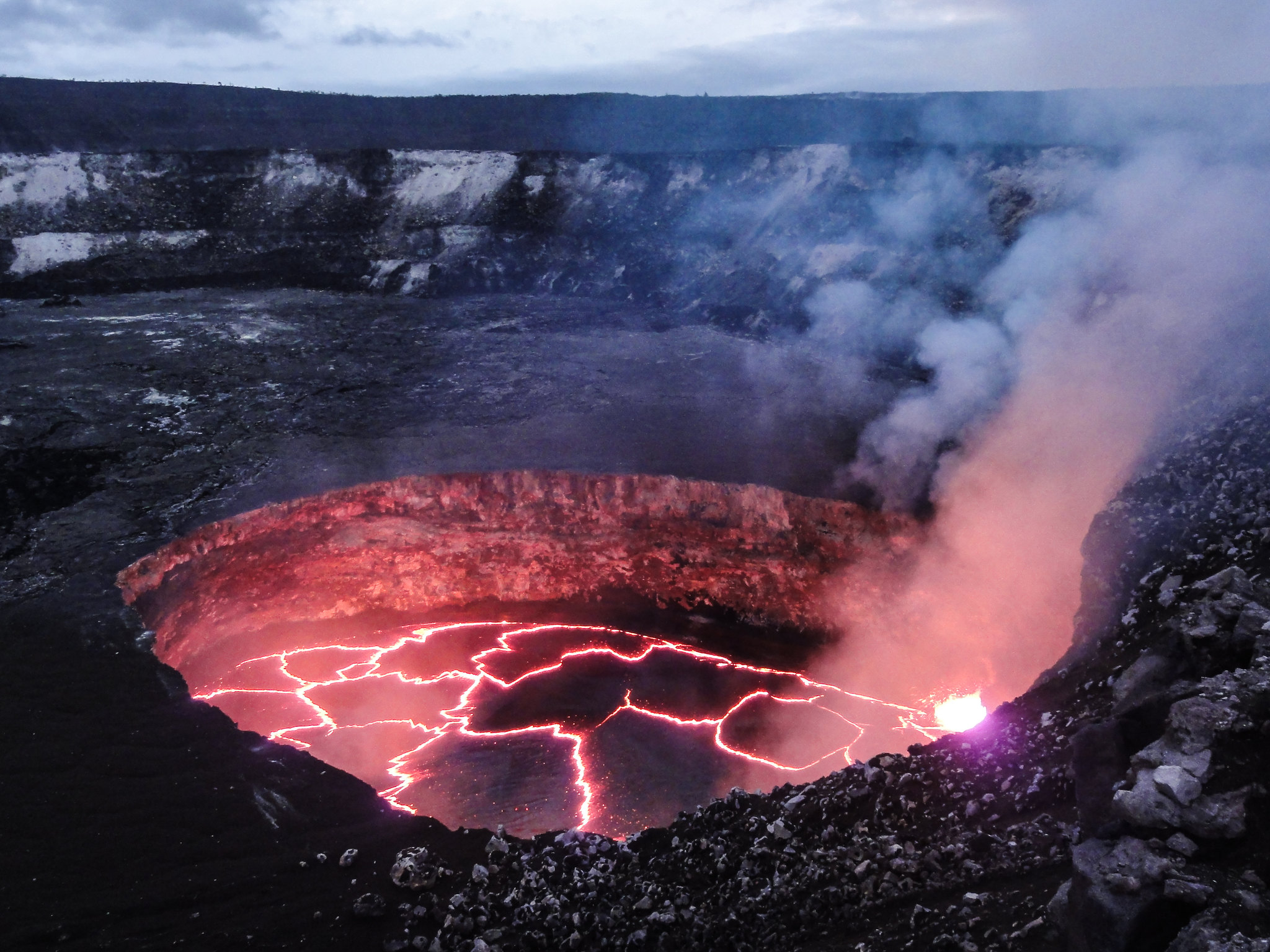
In a series of papers, researchers have now shown how the different parts of the volcano’s plumbing are and aren’t connected. The results themselves are cool to dig through, but the bottom line is, the destruction of 2018 revealed which planetary pipes can smite subdivisions when they get full and which will merely fill a pretty lava lake; and next time, when there is a next time because with this volcano there will be, next time we should be able to do better predicting where to worry about lava. And may that place be in the lava park and not in a subdivision.
The Earth is more than just geology. Every world has its own ways of changing over time, and here on Earth, our environment is affected both by the physics of plate tectonics and the wear and tear of water; we also have life changing its environment through what it consumes, what it gives off, and what it moves around simply because it can.
This has been true for a long time.
2.4 billion years ago, a new kind of microbe evolved – the cyanobacteria – and these new critters used photosynthesis to process nutrients and produce oxygen, and it now appears that the slow rise of oxygen in our atmosphere may be due to the literal slow rise of cyanobacteria.
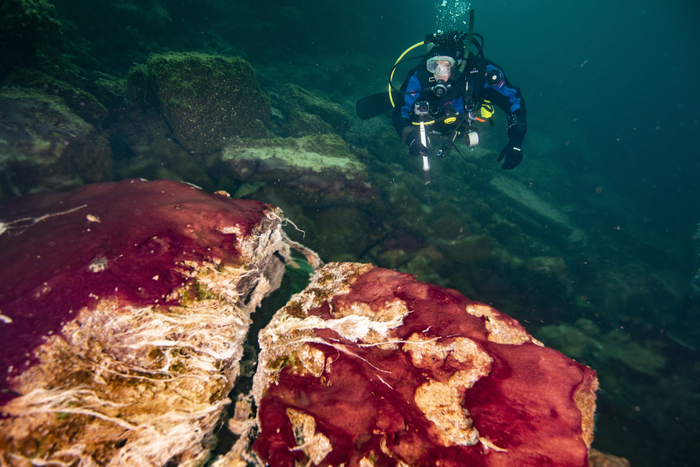
Researchers studying deepwater microbial mats in the Middle Island Sinkhole found that sulfur-eating microbes would coat the cyanobacteria from dusk to dawn and then retreat from the sunlight with the dawn. It would take time, but eventually, the cyanogens would be in sunlight and able to photosynthesize and produce oxygen. According to lead researcher Judith Klatt: It takes a few hours before they really get going, there is a long lag in the morning. The cyanobacteria are rather late risers than morning people, it seems.
This has a lot of weird consequences. In the past, Earth’s days were much shorter; maybe even as short as six hours long! And with those shorter days, cyanobacteria may not have had enough time to produce a really useful amount of oxygen. According to a Max-Planck release on this work: The two major oxygenation events (jumps in oxygen concentration) in Earth’s history might be linked to increasing day length.
Now I really want to know what could cause those jumps in day length, but that is work for another day. This work you can find in Nature Geoscience.
And if you keep flipping through the pages of that journal, you’ll find another paper, led by Sean Newby, that shows how sudden atmospheric changes can trigger mass extinctions.
As a reminder, humans are currently causing sudden atmospheric changes.
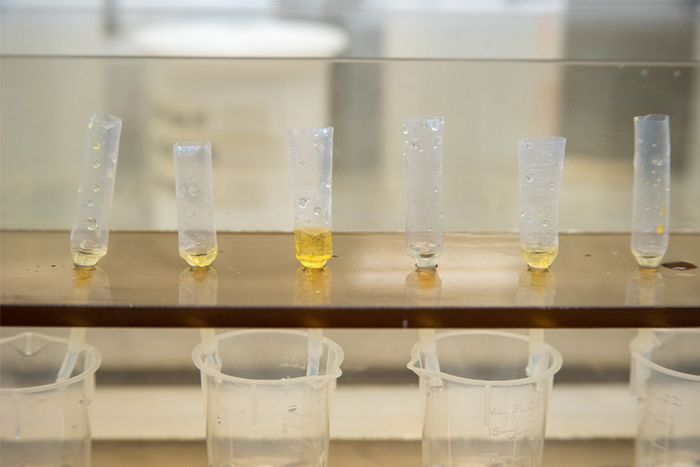
Back 252 million years ago, 96 percent of marine species and 70 percent of terrestrial life suddenly went extinct. It appears this extinction event was tied to a 10,000 year period of massive oxygenation that was followed by a steady decline below optimal oxygen levels. According to Newby: For the geological record, that’s practically instantaneous. And then you can of course compare that to modern, human-induced climate change, where we’re having huge, rapid changes in fractions of the time compared to this mass extinction.
The spike in oxygen is thought to maybe be related to a long volcanic eruption that led to atmospheric warming, a massive spike in marine oxygenation, and then a terrible die-off as oxygen levels crashed. We are currently seeing this loss of oxygen in our oceans, and I am reminded of the Sondheim quote: It’s nice to know a lot but a little bit not.
The interplay of gases over time is a story told in rock. Literally. Rocks formed in different times capture gases from the atmosphere and allow modern researchers to study how things have changed over time. While a lot of this research leaves me wishing I didn’t understand climate change, some of the research does give me hope.
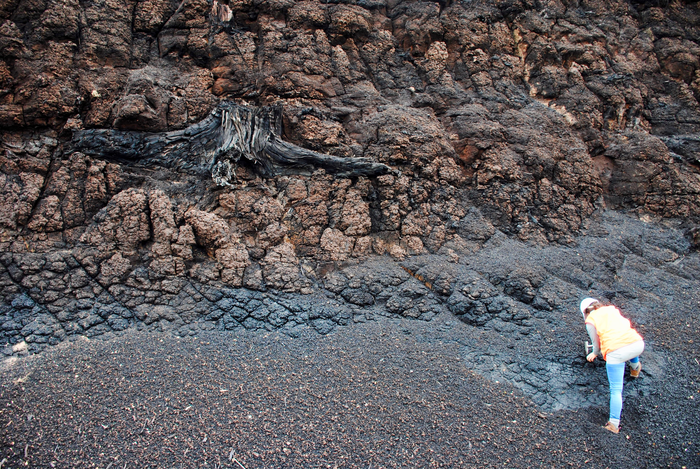
For instance, in another new paper in Nature Geoscience, a team led by Vittoria Lauretano was able to study the fall of temperatures on Earth 34 million years ago as documented by what microbes could survive where. This three-degrees-Celsius temperature drop occurred while carbon dioxide levels dropped for unknown reasons. The change was seen both for land and sea and shows us that really if we can just get rid of carbon dioxide, we can cool things off a bit for our warming world.
Our world is warming. This does not mean that every point on the planet is warming; it is an average change where some folks, like Pamela in the midwest, may see the occasional cooler weather, while folks here in the Northwest are suffering never before experienced heat. The overall rise of a fraction of a degree includes some places getting a whole lot warmer — places like the Arctic.
Both North America and Siberia are seeing massive thawing of permafrost and warming of rocks like limestone, and as both the rocks and the land warm up, methane that was trapped in the rock is getting released. We expected this to happen with the permafrost; decaying organic material releases methane, and permafrost is a whole lot of now-decaying organic material. We didn’t expect the limestone outgassing. This methane was trapped and frozen within the rock and originated both during and before the formation of the permafrost.
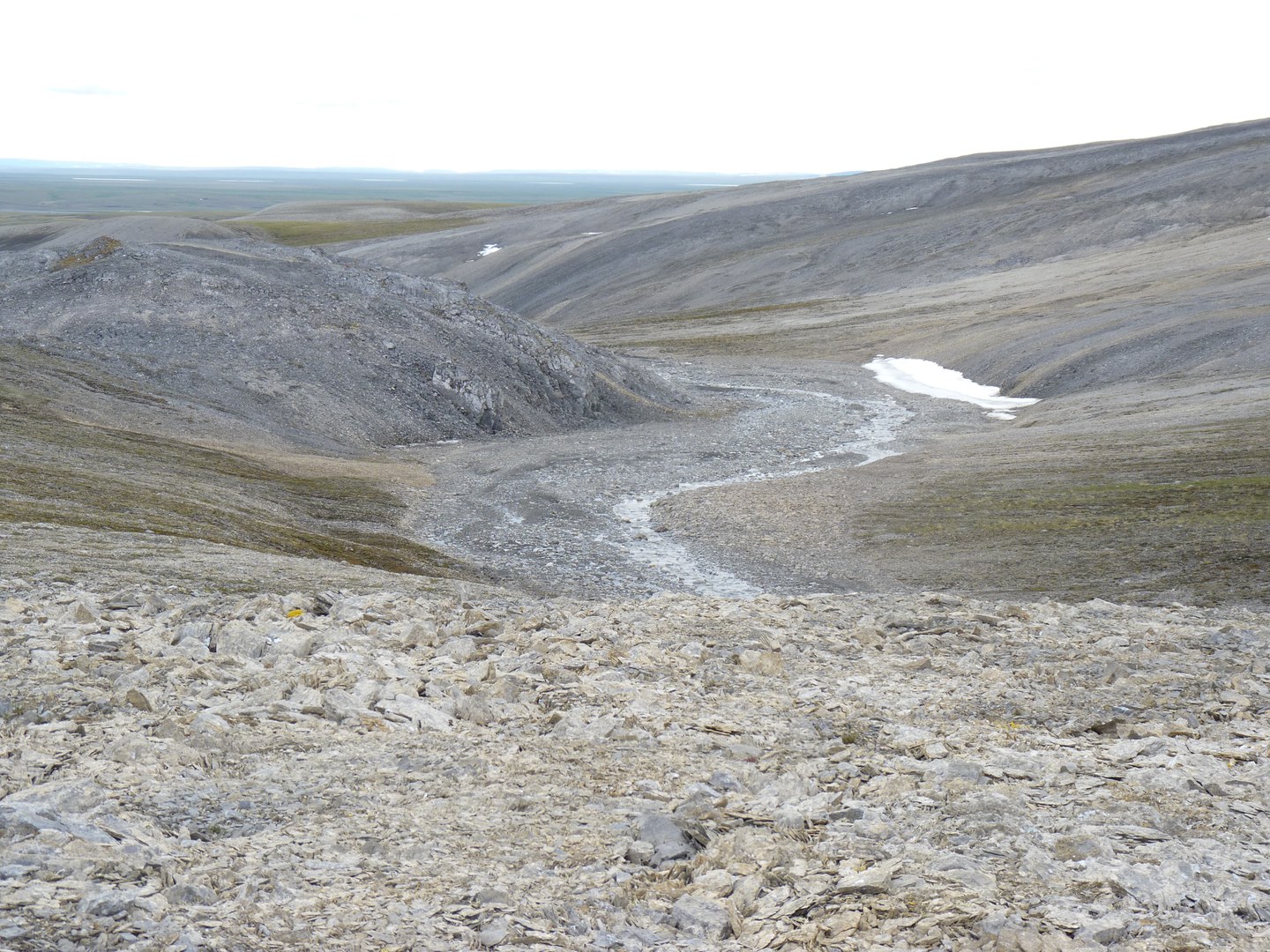
Prior to seeing the limestone outgas, researchers thought that the methane – a greenhouse gas more potent than carbon dioxide – would on its own raise the planet’s temp 0.2 degrees Celsius by 2100. Now, it once again appears our mistake was to underestimate the amount of greenhouse gas waiting to be released, and the actual rise will be higher. According to researcher Froitzheim: The estimated amounts of natural gas in the subsurface of North Siberia are huge. When parts of this will be added to the atmosphere upon thawing of the permafrost, this could have dramatic impacts on the already overheated global climate.
I don’t really know how to follow that, other than to switch topics, so let’s do that.
In more interesting and neutral-for-our-future news, researchers studying the eruption history of volcanic islands, like Santorini, have found that as ocean levels rise – which they are doing – they put more weight on the mantle and decrease the likelihood of volcanic eruptions. This is good news for folks living in the ocean in the shadow of a smoky mountain.
This was a known effect to a certain degree: with Icelandic volcanoes, it was found that the melting of snow sheets allowed volcanoes to more readily erupt. This could put us in an interesting position where we see more islands get quieter and glacial areas more active.
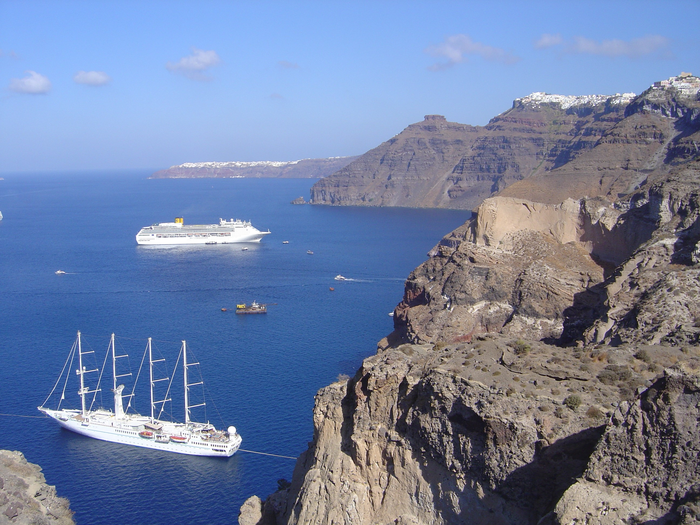
While I see this result as generally a win for humans on volcanic islands, it is also potentially a loss for the world. Massive eruptions, like Mt. Pinatubo in 1992, can cool our global temperature, if only temporarily. Still, these are early days for this discovery, and we have simplified things massively. This is a small effect, and it is unlikely that rising oceans will turn off any volcanoes. It just may slow things down. This is definitely a result we’ll be following.
From the Earth to the Moon, we move away from the planet with what feels like all the climate change stories to a body with basically no climate change. It’s a rock in space without an atmosphere, and yet, it continues to fascinate us. So much so that we’re planning to send humans back to the Moon with the Artemis mission, and as we’ve discussed with recent Mars research, one area of interest is whether or not there is accessible water on the Moon.
Accessibility is the key.
When I was growing up, we thought the Moon was basically just that rock, floating in space, not much else to offer. Interesting, but we’d been there, and it didn’t really provide much in the way of resources we could use here. Then in 2008, the Chandrayaan-1 orbiter and its Moon Mineralogical Mapper instrument found water ice inside the polar craters of the Moon. The orbiter also had an impact probe that detected water molecules in the exosphere. That was kind of big news.
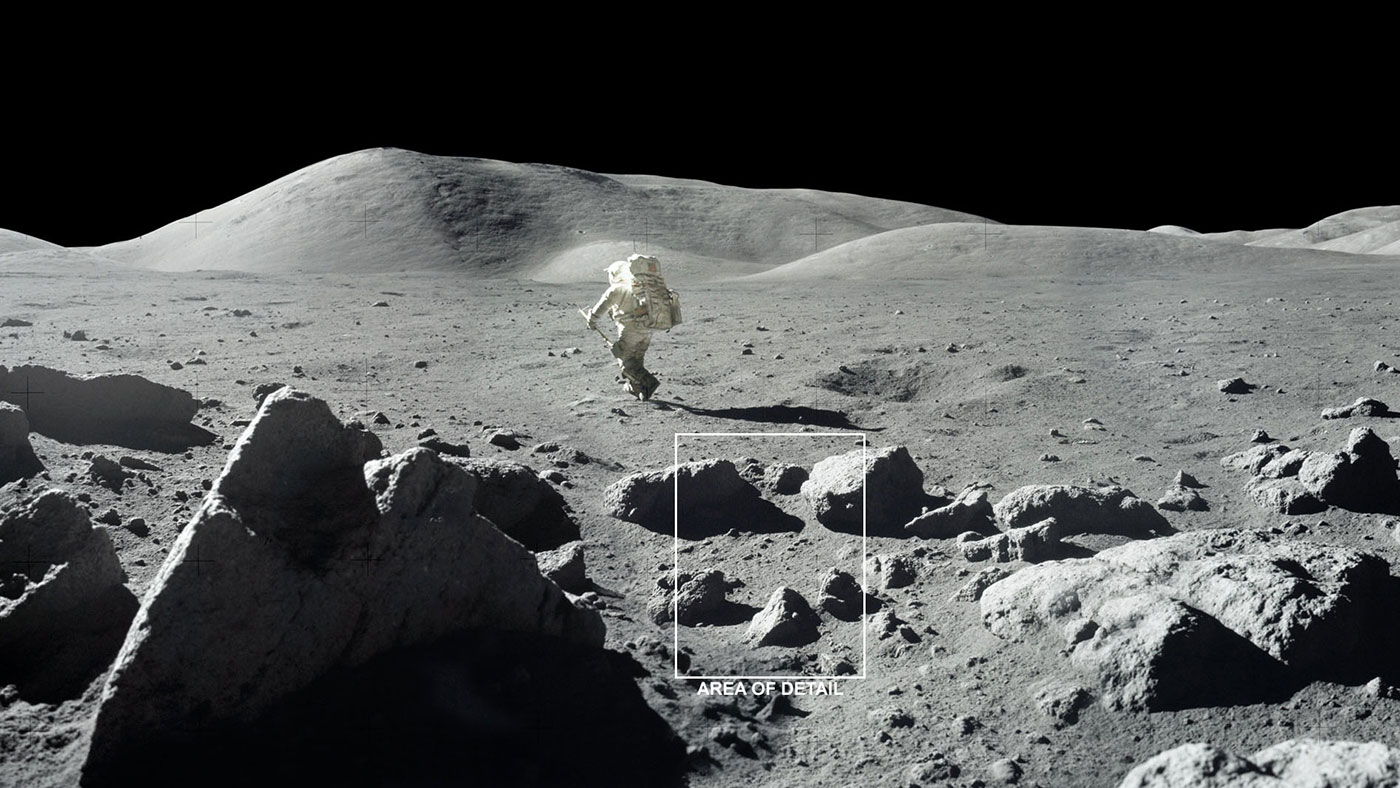
A year later, NASA’s Lunar Reconnaissance Orbiter launched, and it used its upper stage rocket to smack into a crater at the Moon’s south pole, and then flew an impact probe called LCROSS through the debris plume. Sensors on the probe detected about 155 kilograms of water. Numerous Moon missions since then have confirmed the findings that yes, there is water ice on the moon.
And last year, the latest big news was released where the SOFIA telescope looked at the Moon in infrared and found water ice in non-polar regions. Meaning there is water ice in places where there is also sunlight and not just in permanently shadowed areas. Again, big news, and that led to scientists determined to understand the mechanisms for how water ice could exist in areas that receive light on a body with no atmosphere to keep water molecules close.
It turns out that a lot of the models being used to understand water on the Moon were using an artificially flat surface, but photos taken during the Apollo missions on the Moon show that the lunar surface is strewn with boulders and covered in small craters. All of these features can cause their own shadows where frost can form as temperatures swing wildly from minus 210 degrees Celsius to 120 degrees Celsius. Add in the fact that the amount of water actually changes throughout the day, decreasing before noon and increasing after noon, and now it’s possible to explain all this water ice we keep finding.
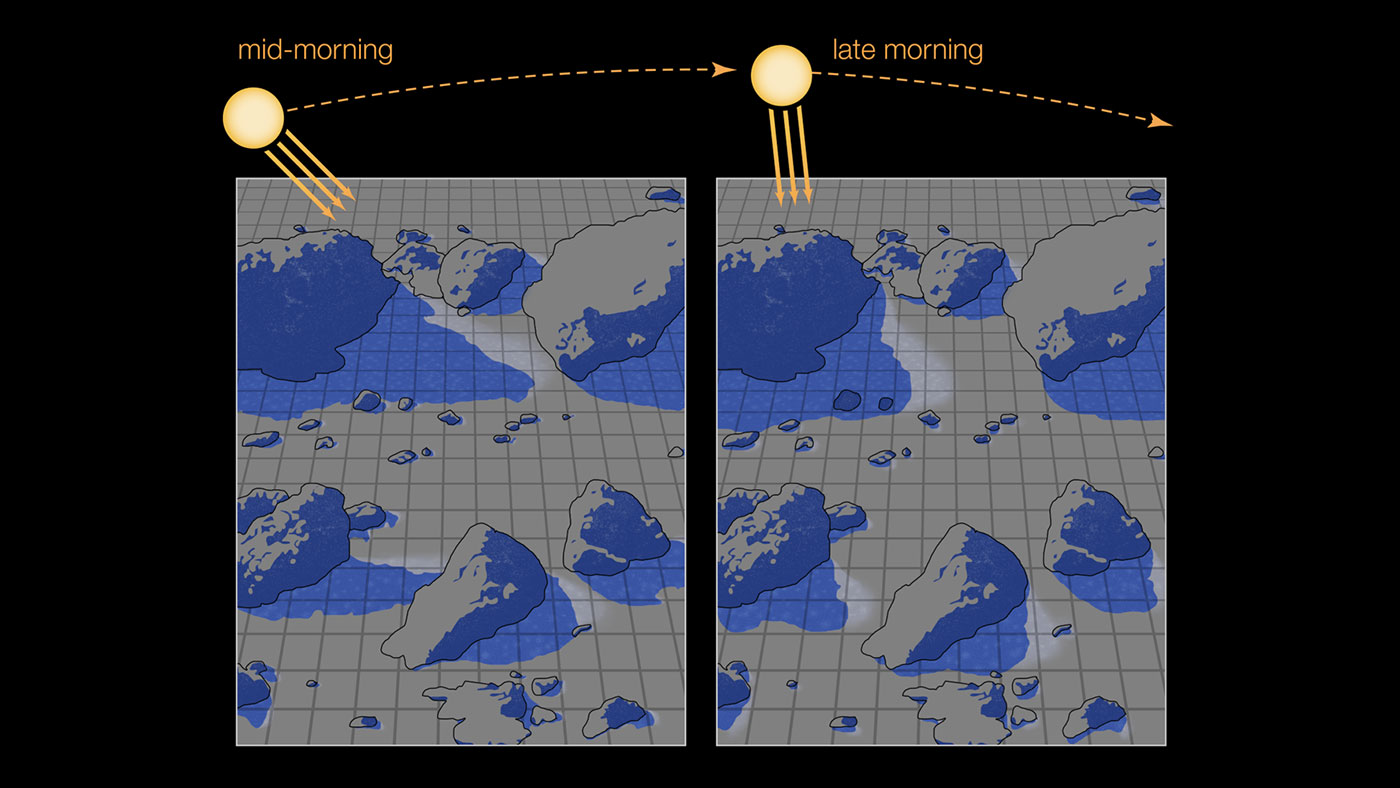
Per the press release: As the Sun tracks through the lunar day, the surface frost that may accumulate in these cold, shaded areas is slowly exposed to sunlight and cycled into the Moon’s exosphere. The water molecules then refreeze onto the surface, reaccumulating as frost in other cold, shaded locations.
Or as co-author Björn Davidsson explains: Frost is far more mobile than trapped water. Therefore, this model provides a new mechanism that explains how water moves between the lunar surface and the thin lunar atmosphere.
And water on the Moon, accessible water, is great for lunar missions because it can be used for drinking and as a fuel source, two things space agencies need to keep crewed missions operating, especially if establishing a lunar base. Maybe someday.
Until then, this has been the Daily Space.
Learn More
Scientists Measure the Day on Alien World
- Keck Observatory press release
- “Detection and Bulk Properties of the HR 8799 Planets with High Resolution Spectroscopy,” Jason J. Wang et al., to be published in The Astronomical Journal (preprint on arxiv.org)
Around the Equator or the Poles: Planets Pick One
- Peculiar Planets Prefer Perpendicular Paths (Eos)
- “A Preponderance of Perpendicular Planets,” Simon H. Albrecht et al., 2021 July 16, The Astrophysical Journal Letters
2018 Eruption Maps From Kīlauea Now Published
- Volcanic Tremor and Deformation at Kīlauea (Eos)
- “Post-2018 Caldera Collapse Re-Inflation Uniquely Constrains Kīlauea’s Magmatic System,” Taiyi Wang, Yujie Zheng, Fabio Pulvirenti, and Paul Segall, 2021 May 19, JGR Solid Earth
- “Sources of Volcanic Tremor Associated With the Summit Caldera Collapse During the 2018 East Rift Eruption of Kīlauea Volcano, Hawai’i,” Jean Soubestre, Bernard Chouet, and Phillip Dawson, 2021 May 21, JGR Solid Earth
Cyanobacteria and the Rise of Oxygen
- MPG press release
- “Possible link between Earth’s rotation rate and oxygenation,” J. M. Klatt et al., 2021 August 2, Nature Geoscience
Oxygen Boom Caused Life to Go Bust
- Florida State University press release
- “Transient ocean oxygenation at end-Permian mass extinction onset shown by thallium isotopes,” Sean M. Newby et al., 2021 August 2, Nature Geoscience
Decline in Carbon Dioxide Cooled Earth
- University of Bristol press release
- “Eocene to Oligocene terrestrial Southern Hemisphere cooling caused by declining 𝑝CO2,” Vittoria Lauretano et al., 2021 August 2, Nature Geoscience
Methane, Methane Everywhere
- University of Bonn press release
- “Methane release from carbonate rock formations in the Siberian permafrost area during and after the 2020 heat wave,” Nikolaus Froitzheim, Jaroslaw Majka, and Dmitry Zastrozhnov, 2021 August 10, PNAS
Volcanic Eruptions Tied to Water Levels
- Oxford Brookes University press release
- “Eruptive activity of the Santorini Volcano controlled by sea-level rise and fall,” Chris Satow et al., 2021 August 2, Nature Geoscience
Lunar Surface Rough Enough to Provide Shade for Ice
- NASA press release
- Your Guide to Water on the Moon (Planetary Society)
- “Implications of surface roughness in models of water desorption on the Moon,” Björn J R Davidsson and Sona Hosseini, 2021 August 2, Monthly Notices of the Royal Astronomical Society
Credits
Written by Pamela Gay and Beth Johnson
Hosted by Beth Johnson
Audio and Video Editing by Ally Pelphrey
Content Editing by Beth Johnson
Intro and Outro music by Kevin MacLeod, https://incompetech.com/music/


 We record most shows live, on Twitch. Follow us today to get alerts when we go live.
We record most shows live, on Twitch. Follow us today to get alerts when we go live.